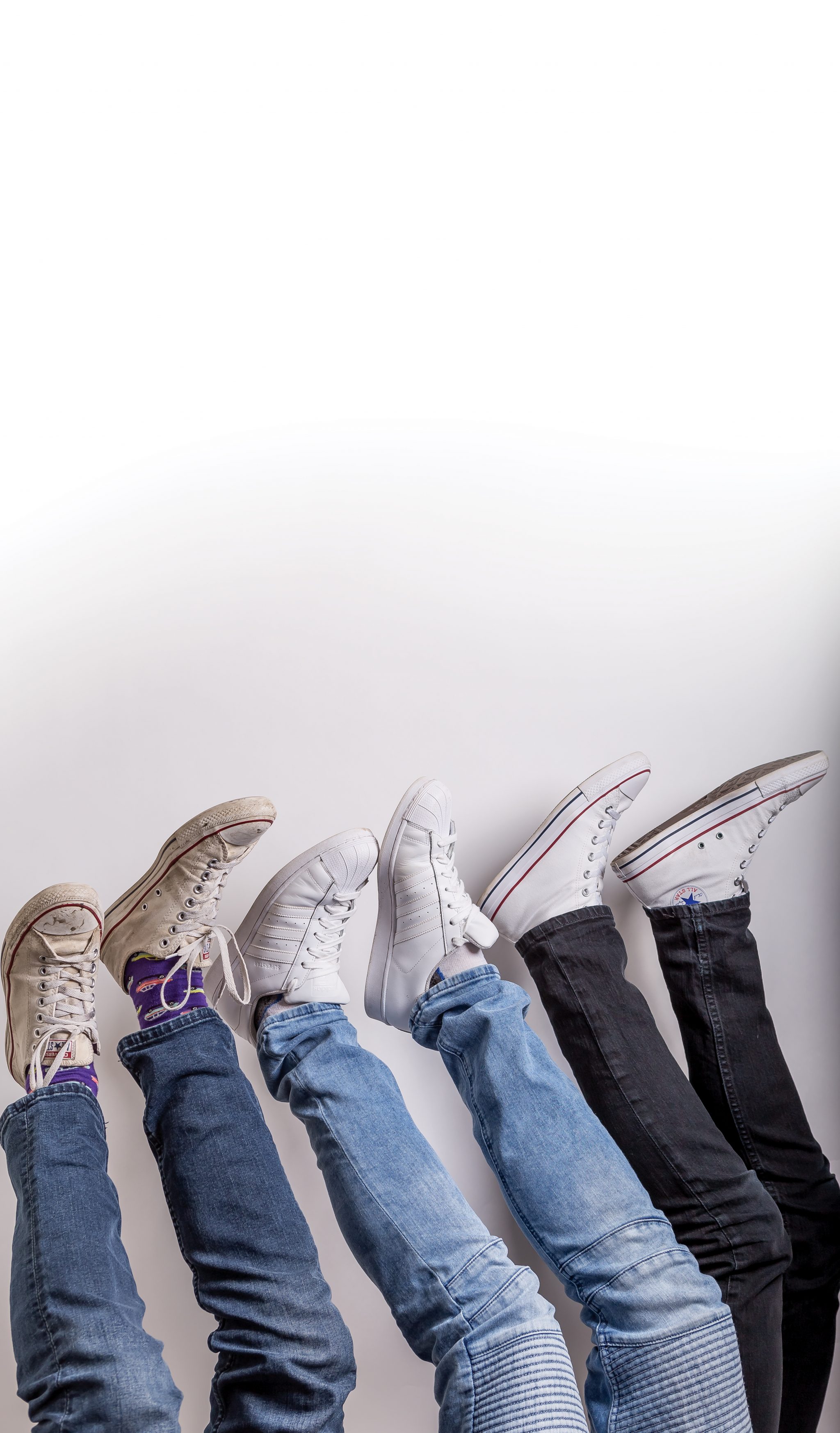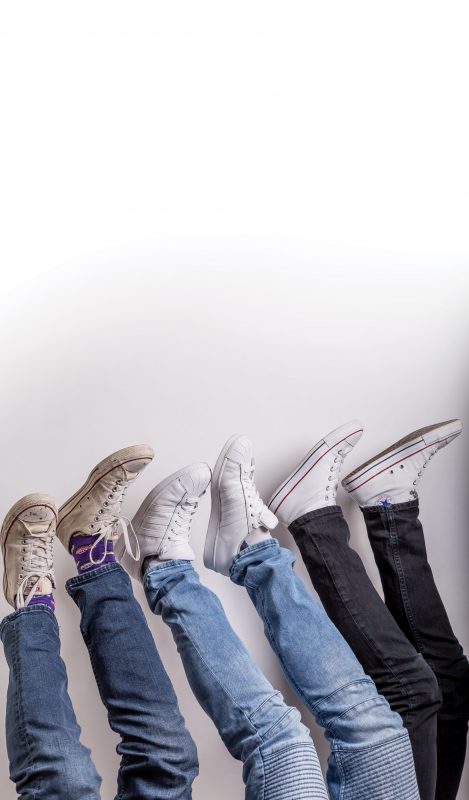University consumerism culture is an eye-opening example of cultural influence


“I’m so out of touch with backpacks,” said The Cord’s own Arts & Life editor, Manjot Bhullar. Decontextualized, it’s an odd concern.
But within the hyper-superficial, brand-powered environment of youth culture, everything a person uses to represent themselves is heavily calculated and therefore extremely susceptible to branding.
This article began as a guide to white sneakers — the problem that emerged was that, having been perhaps the biggest trend of 2016, such an article was already at least a year too late.
That revelation instigates a much more frightening question, especially considering how virtually every little thing is branded and exists on some socially esoteric, grand scale of value: how long do trends last and how much do they really matter?
Everybody on campus was wearing Canada Goose over the last winter or two — regardless of ethical concerns about the collection of their down (of which there are some) and social qualms about personal choice of style. Canada Goose is a brand whose coats start at around $500 dollars for thin spring-wear.
Sure, it’s a personal choice — spending over $1000 on a parka built for arctic temperatures to traverse the minute distances between residence buildings and the classroom is your personal decision. Besides, the coats are, without dispute, good coats. And they’re on-trend.
But how long is that trend going to last? Will that same coat be cool next year, or will there be some other must-have piece to replace it?
There’s always going to be a ‘new’ something or other — style is a way to turn the body into a conversation piece, allowing the new-new to cultivate an idealized reflection of the self almost on a weekly basis.
For the budget-conscious, this makes keeping in-style difficult. That’s why fast-fashion retailers like H&M and Uniqlo are so popular: they feature a constantly updated line of cheaply-made, cheaply-priced clothing that mimic the most popular brands.
In doing so, they give the layman the means to stay at least close to being in touch with peak styles through knockoffs that reside on a slightly-lower social scale.
But that’s a problem that ripples even further: by ignoring the exploitation of cheap labour required to keep prices so low, these pieces only stay relevant for the blink of an eye — then they’re thrown away or fall apart, creating non-renewable waste, taking up more and more space in landfills.
In the end, it’s difficult to disconnect the individual from the products that they enjoy and it has to be clearly stated and fundamentally understood that there is nothing wrong with enjoying products — that’s what they’re there for.
But if white tennis sneakers aren’t cool anymore, then what is? With such a short shelf life, and such an arbitrary, shifting system of value imposed on every little thing, it’s harder to decide than one might think.
Adidas NMD sneakers?
S’well Water Bottles?
Fjällräven backpacks?
While these items were considered ‘cool’ upon writing this article, who’s to say if that’s still true by the time it goes to print? And how do their functions translate to values inherent to a person’s identity?
It’s important to wear and represent yourself through things that make you feel good.
But what’s more important is recognizing just how temporary those things can be; as difficult as it may sometimes be to find, every person needs to realize how much of their interest in the products they enjoy is authentic and how much is culturally manufactured.


